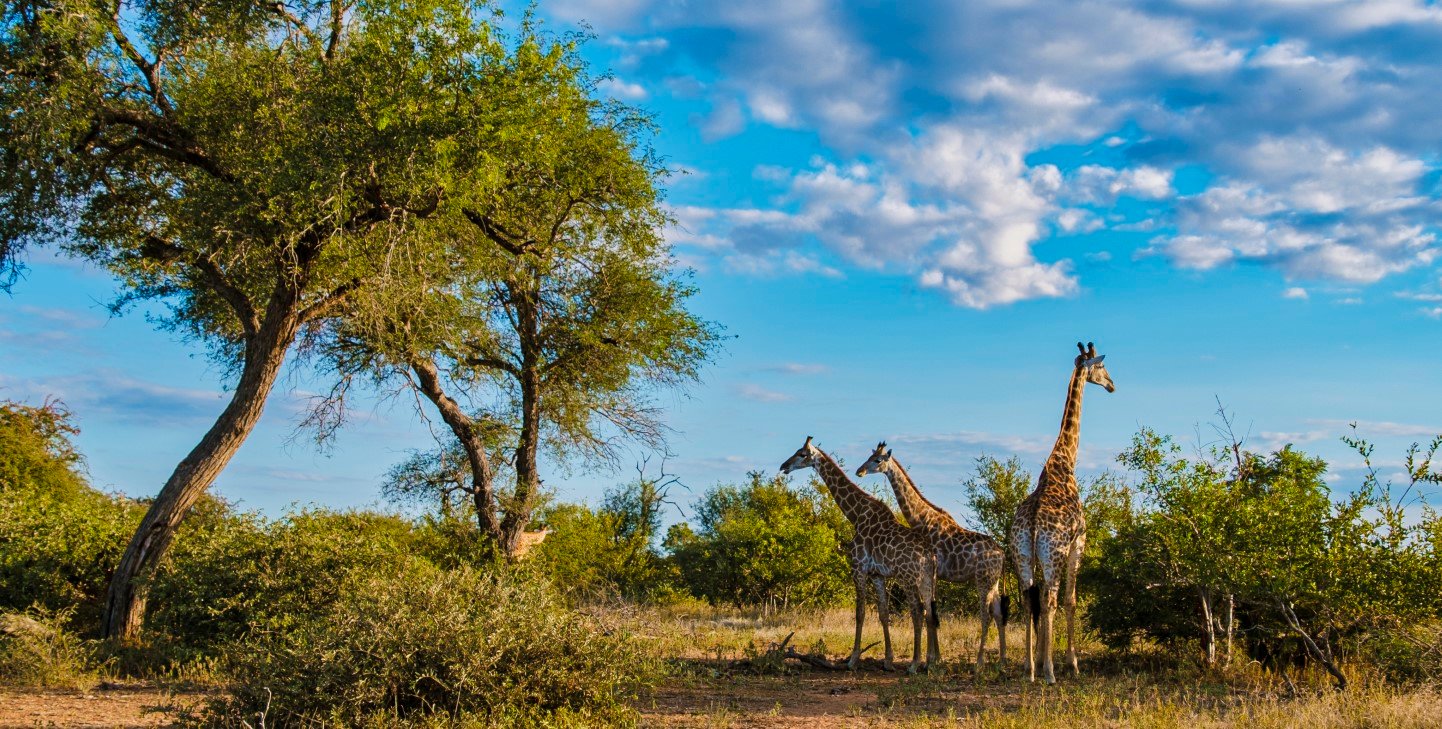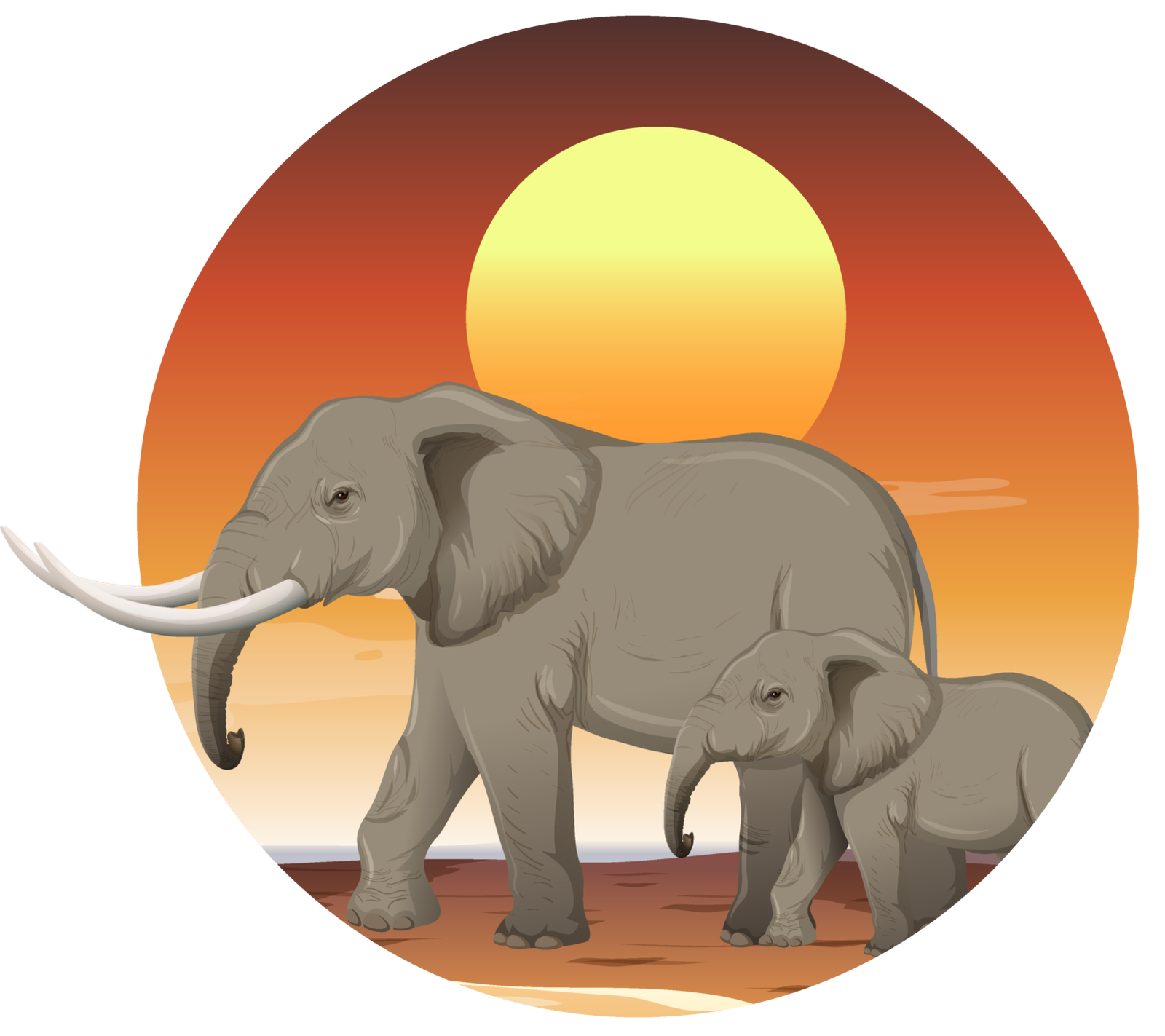The ideal time to visit Kruger National Park is during the dry season, from May to October, which offers the best conditions for game viewing and walking safaris. During this period, vegetation is low and sparse, making it easier to spot and track wildlife. Additionally, permanent water sources attract animals, providing an exceptionally rewarding safari experience.
While Kruger is generally considered a year-round destination, the best time to visit ultimately depends on the type of experience you seek. The park features two distinct seasons: the dry winter months (May to October) and the summer rainy season (November to April). Regardless of the season, every day in Kruger National Park promises a unique and unforgettable safari adventure.
Month-by-Month Guide to Visiting Kruger National Park
January to March
January: The peak of the rainy season brings hot, humid days with dramatic afternoon thunderstorms. The lush landscape is vibrant, with marula trees bearing fruit. It’s an excellent time for birdwatchers, with frequent sightings of lesser spotted eagles.

February: The summer rains continue, keeping the park warm and humid. This is waterbuck breeding season, and birding remains a highlight as migrant species settle in and breeding birds showcase their full plumage.
March: As summer draws to a close, heavy rains taper off. Dense vegetation can make wildlife harder to spot, but expert guides ensure a rewarding safari experience. Highlights include kudu and buffalo breeding seasons.
April & May
April: The dry season begins, bringing cooler temperatures. While wildlife can be trickier to spot, mating season for impalas, wildebeest, and warthogs ensures sightings of these species are common.

May: With autumn transitioning into winter, the park’s landscape becomes brown and bare as rain ceases. Elephants begin migrating from Zimbabwe and Mozambique to northern Kruger, offering an unforgettable spectacle of massive herds.
June to August
June: The driest and coldest month in Kruger, with mild days and chilly evenings. Wildlife frequently gathers around permanent water sources, and the cooler weather makes big cats, including leopards, easier to spot.
July: One of the best months for game viewing. Cooler, dry conditions attract animals to waterholes, especially in the park’s south. The Sabie River is a prime spot for observing predators.
August: Midway through the dry season, water sources are limited, concentrating wildlife in southern regions. Warm days, cool evenings, fewer mosquitoes, and little rain make this a comfortable and rewarding time to visit.
September & October
September: With spring in full swing, animals congregate around water sources, making this an excellent time for game viewing. Conditions are warm and humid, but vegetation remains sparse after the dry months.

October: The rainy season begins, bringing occasional late-evening showers. The bush begins to green, but game viewing remains excellent, especially in the southern and central regions where animals gather around waterholes.
November & December
November: The start of the Green Season transforms the park into a lush, vibrant landscape, ideal for photography. It’s also a prime time for birdwatching and spotting newborn animals.
December: The height of summer features hot, humid days and spectacular evening thunderstorms. While the park is crowded during school holidays, opting for private reserves in the north ensures a quieter experience. Malaria risk remains low but consult a medical practitioner for advice before traveling.
Whether you visit during the lush Green Season or the dry, game-rich winter, Kruger National Park offers unique and unforgettable safari experiences year-round.

